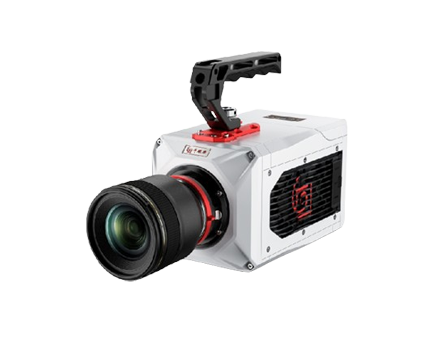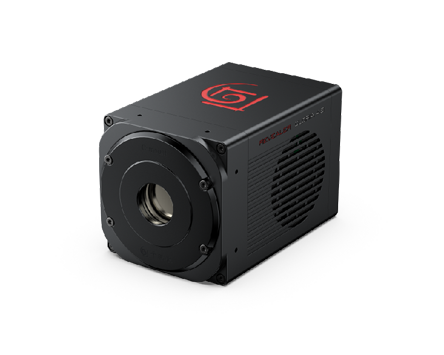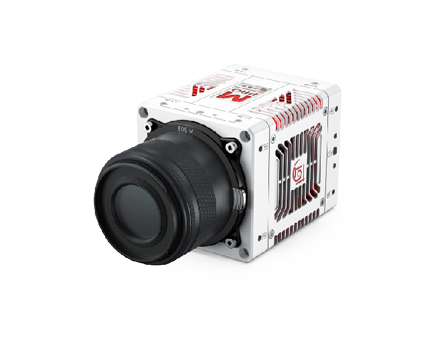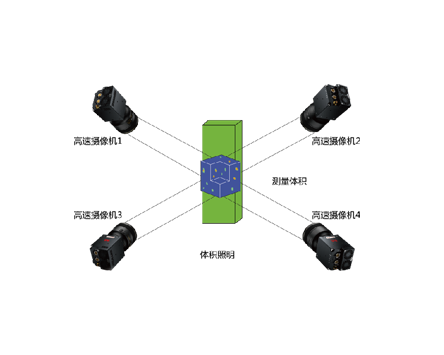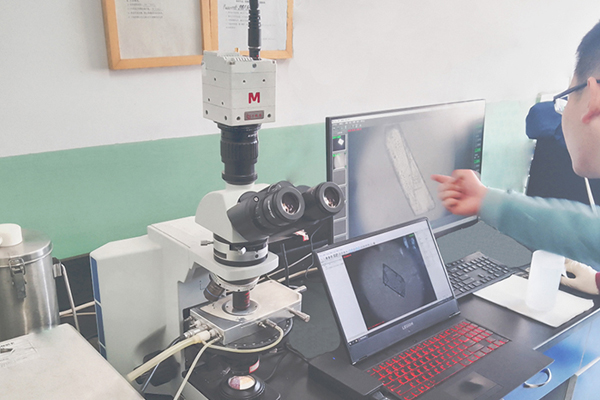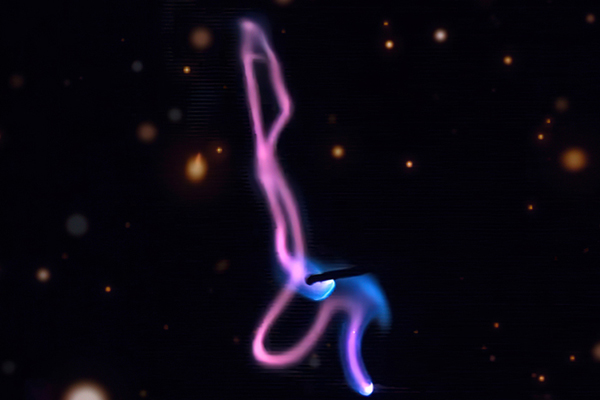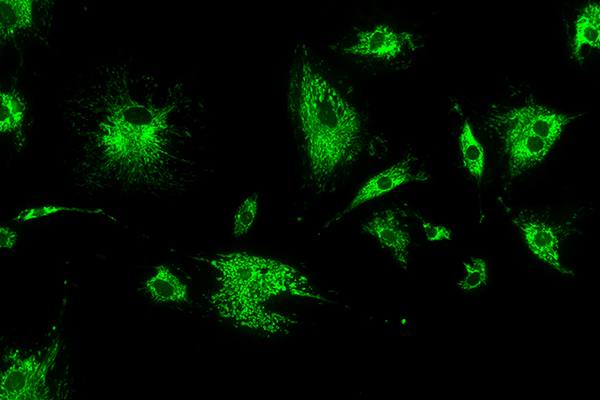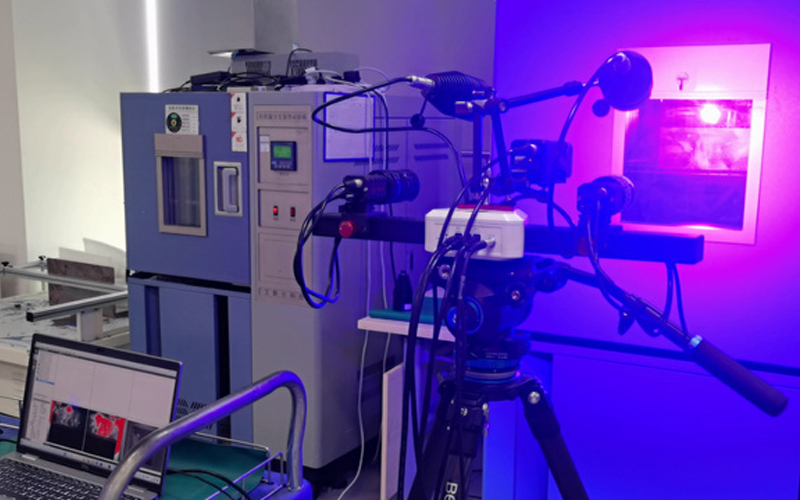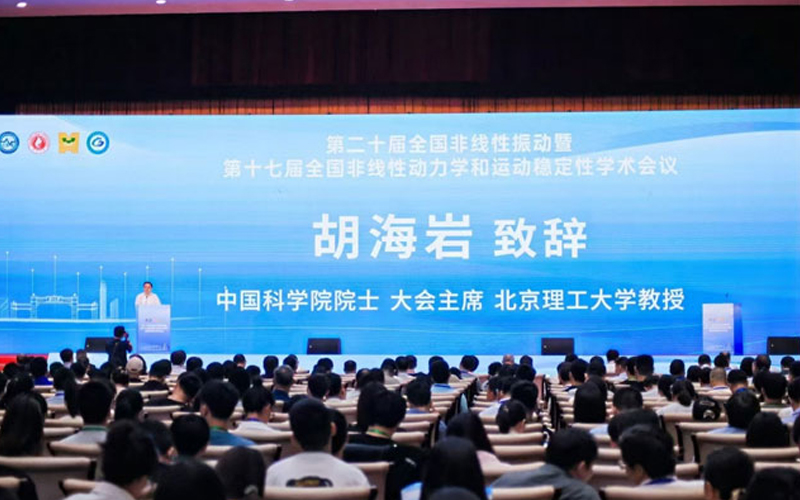
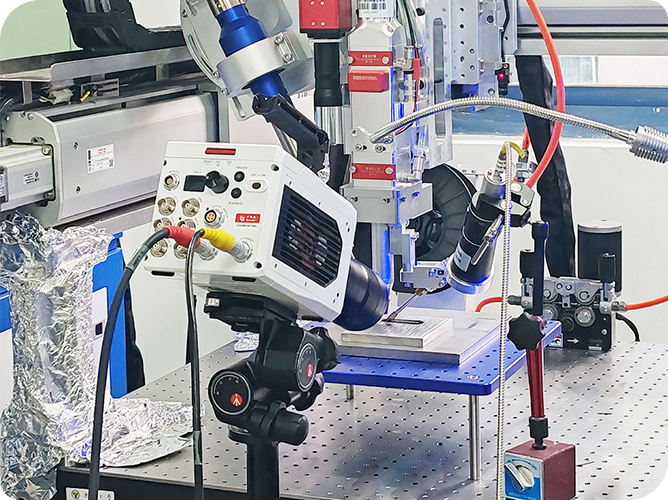
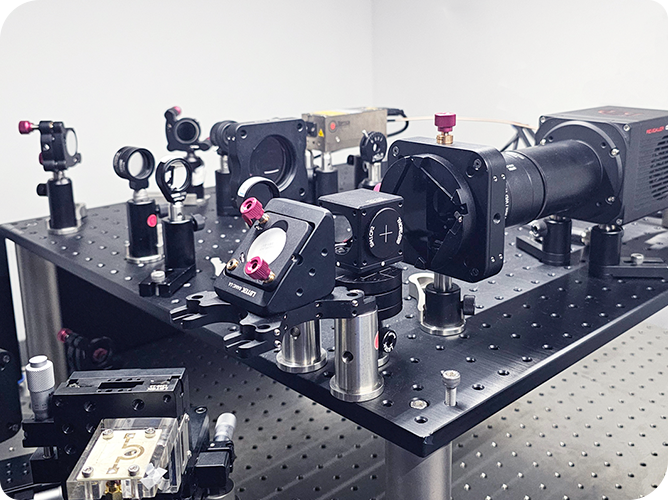
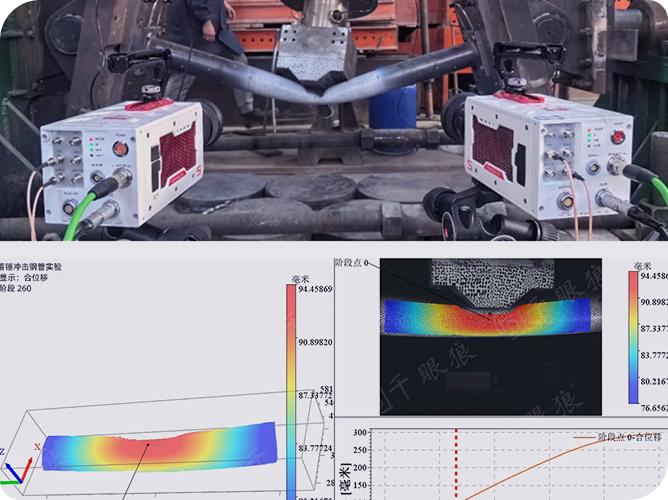
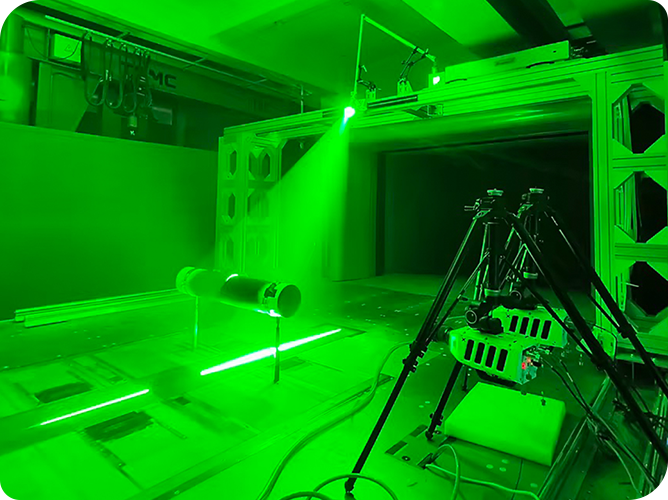
The 8th Third Committee and Hypersonic Flow Measurement Technology Seminar, hosted by the Measurement and Control Professional Committee of the Chinese Society of Aerodynamics and organized by the School of Engineering Science of the University of Science and Technology of China, opened grandly in Hefei on May 16.
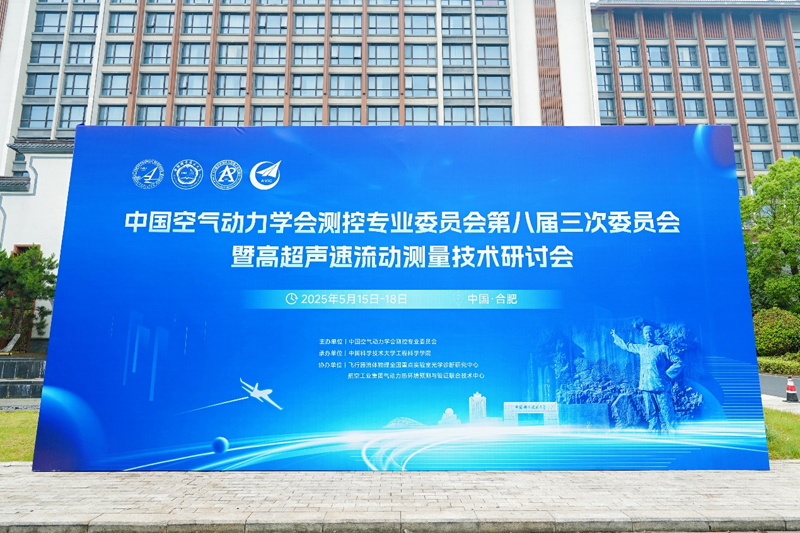
Expert reports at the conference shared the latest research results, challenges and breakthroughs in hypersonic flow measurement, and demonstrated the application value of scientific instruments such as PIV high-speed cameras and particle image velocimetry (PIV) systems in research.
Wonderful report and application value points 1
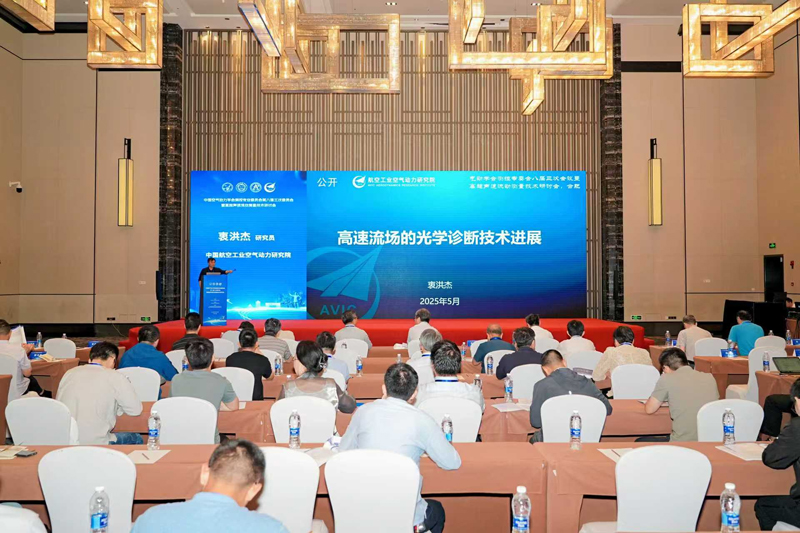
The design and optimization of high-speed aircraft require key flow field parameters such as speed, temperature, composition, and pressure as data support. Researcher Zhong Hongjie from the China Aviation Industry Aerodynamics Research Institute shared the team's research results on laser flow field velocity measurement and surface coating temperature measurement technology, which improved the spatiotemporal resolution, measurement accuracy, and multi-parameter synchronous measurement capabilities of wind tunnel tests. At the same time, he also looked forward to the future development direction of large-scale high-speed wind tunnel optical testing technology and hardware equipment.
In the laser flow field velocity measurement experiment, a high-speed camera records a sequence of images of the motion trajectories of tracer particles in the flow field at a high frame rate. The PIV measurement system calculates the two-dimensional or three-dimensional velocity vector field through the sequence images, presenting the acceleration and expansion process of the airflow in the wind tunnel.
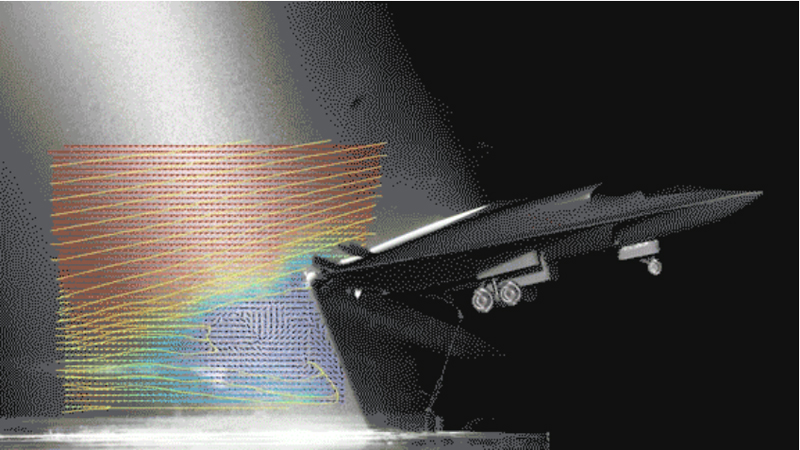
Wonderful report and application value points 2
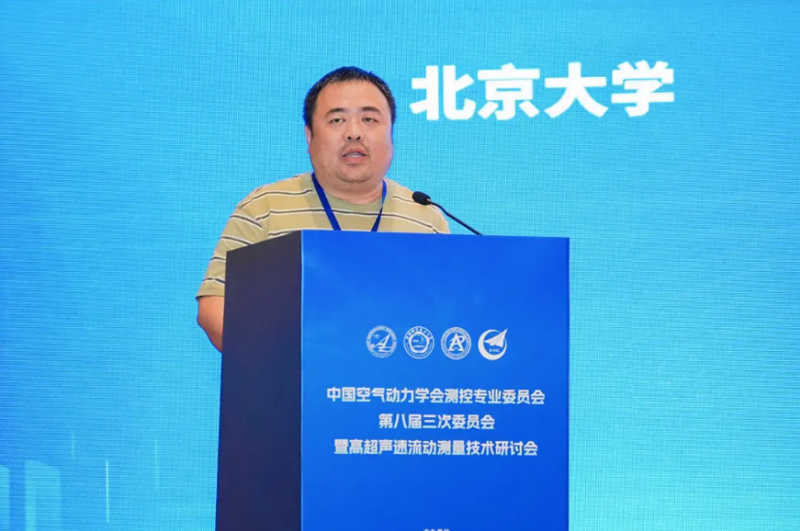
Yiding's team from the National Key Laboratory of Turbulence and Complex Systems at Peking University proposed "ultrafast Rayleigh scattering flow display" and " particle image velocimetry PIV technology " for the study of hypersonic boundary layer transition mechanism and control. Transition experiments need to capture the transient evolution of shock waves and boundary layer interference on an extremely fast time scale , which places extremely high demands on temporal and spatial resolution.
A high-speed camera can be used in conjunction with a schlieren instrument to record the schlieren images of this transient process in real time at an extremely fast frame rate , visually presenting the formation and development of shock waves and vortex structures during the transition process . This will help researchers gain a deeper understanding of the physical properties of hypersonic boundary layer flows and verify the accuracy of numerical simulation results.

Highlights and application value points 3
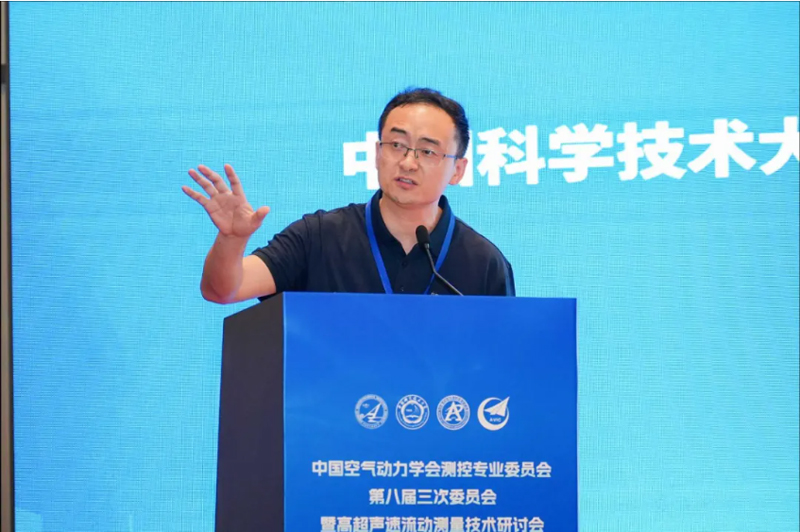
Li Zhufei's team at the University of Science and Technology of China is committed to developing internal and external flow observation methods suitable for shock tunnels. They explored the evolution of the three-dimensional shock wave morphology of the external flow, the evolution of the endogenous streamwise vortex of the three-dimensional inward-turning inlet, and the flow field evolution of the shock wave sweeping the inner concave wall, and understood the three-dimensional flow mechanism of the shock tunnel.
In the observation of hypersonic three-dimensional internal and external flows, the four high-speed cameras of the Thousand Eye Wolf tomographic PIV system can realize the three-dimensional velocity field reconstruction and analyze the evolution process of the vortex.
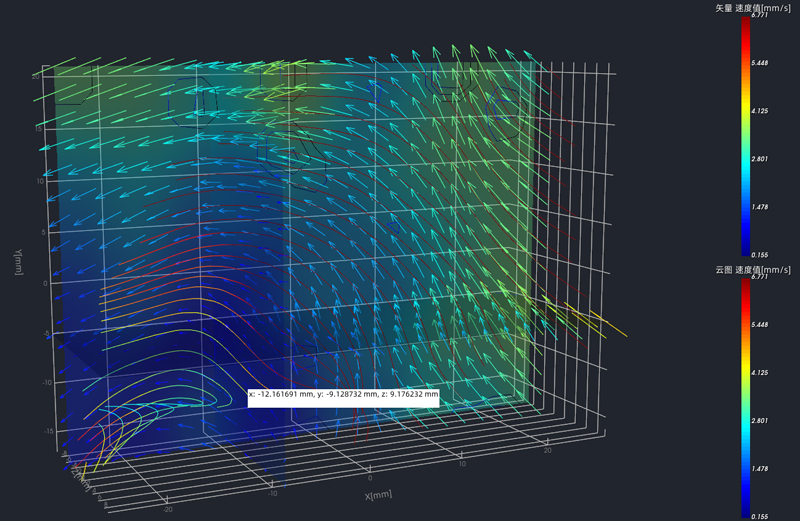
Highlights and application value points 4
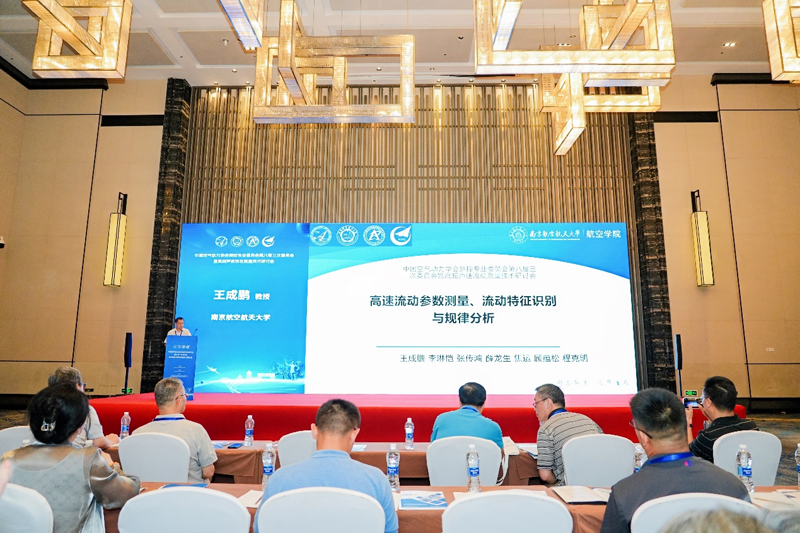
Professor Wang Chengpeng from Nanjing University of Aeronautics and Astronautics gave a keynote speech on "High-speed flow parameter measurement, feature identification and law extraction". Supersonic/hypersonic flow phenomena have typical structures such as shock waves, shear layers, separated flows, and transitions. Measuring the parameters of typical structures and extracting key flow field characteristics will help design aerodynamic components that carry the above structures and optimize the overall performance of aircraft.
High-speed cameras can capture dynamic processes such as the formation, propagation and reflection of shock waves at ultra-high frame rates, record the shape and position changes of shock waves, and the transient details of their interaction with walls or other obstacles, and provide intuitive image data for flow separation phenomena such as the intensity and angle of shock waves.
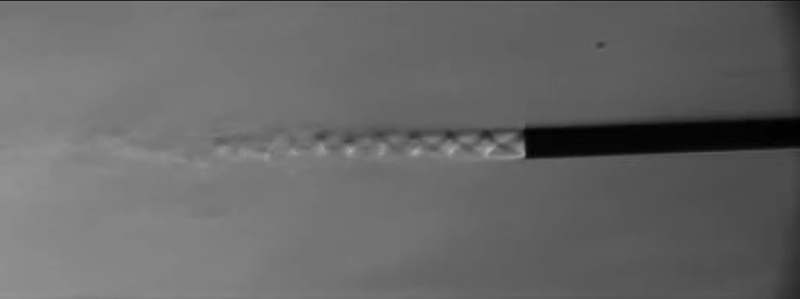
The PIV measurement system can accurately measure the velocity field distribution in areas where typical structures such as shock waves, shear layers, separated flows, and transitions are located, and obtain detailed two-dimensional and three-dimensional velocity vector diagrams, providing data support for studying the propagation characteristics of shock waves, energy transfer during transitions, and the generation and development of vortex structures.
Conclusion
In the field of hypersonic flow measurement, whether it is optical diagnostic technology, boundary layer transition research, high-temperature flow field measurement, typical flow structure analysis or shock wave interference research, high-speed cameras and PIV flow field measurement systems have become indispensable experimental tools.
In the future, hypersonic flow measurement technology is developing towards higher temporal and spatial resolution, multi-physics field coupling and adaptability to extreme environments. The Thousand Eye Wolf high-speed camera and PIV flow field measurement system will continue to provide key experimental support for the majority of hypersonic scientific research teams through technological innovation and scenario adaptation .
